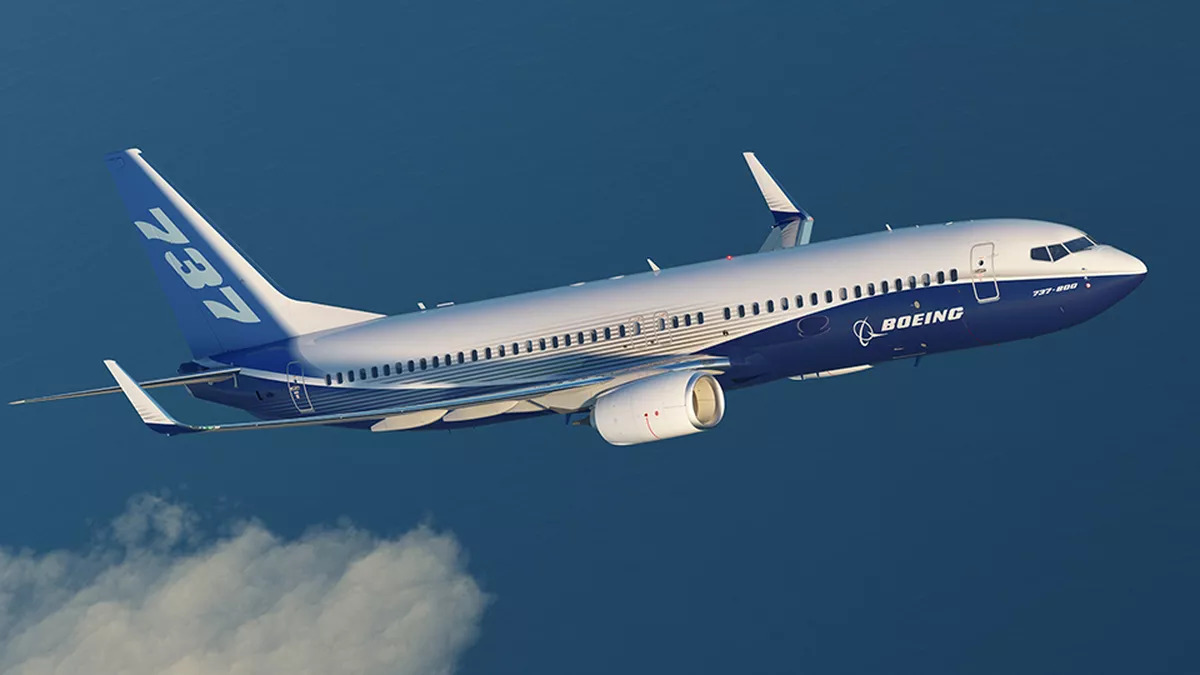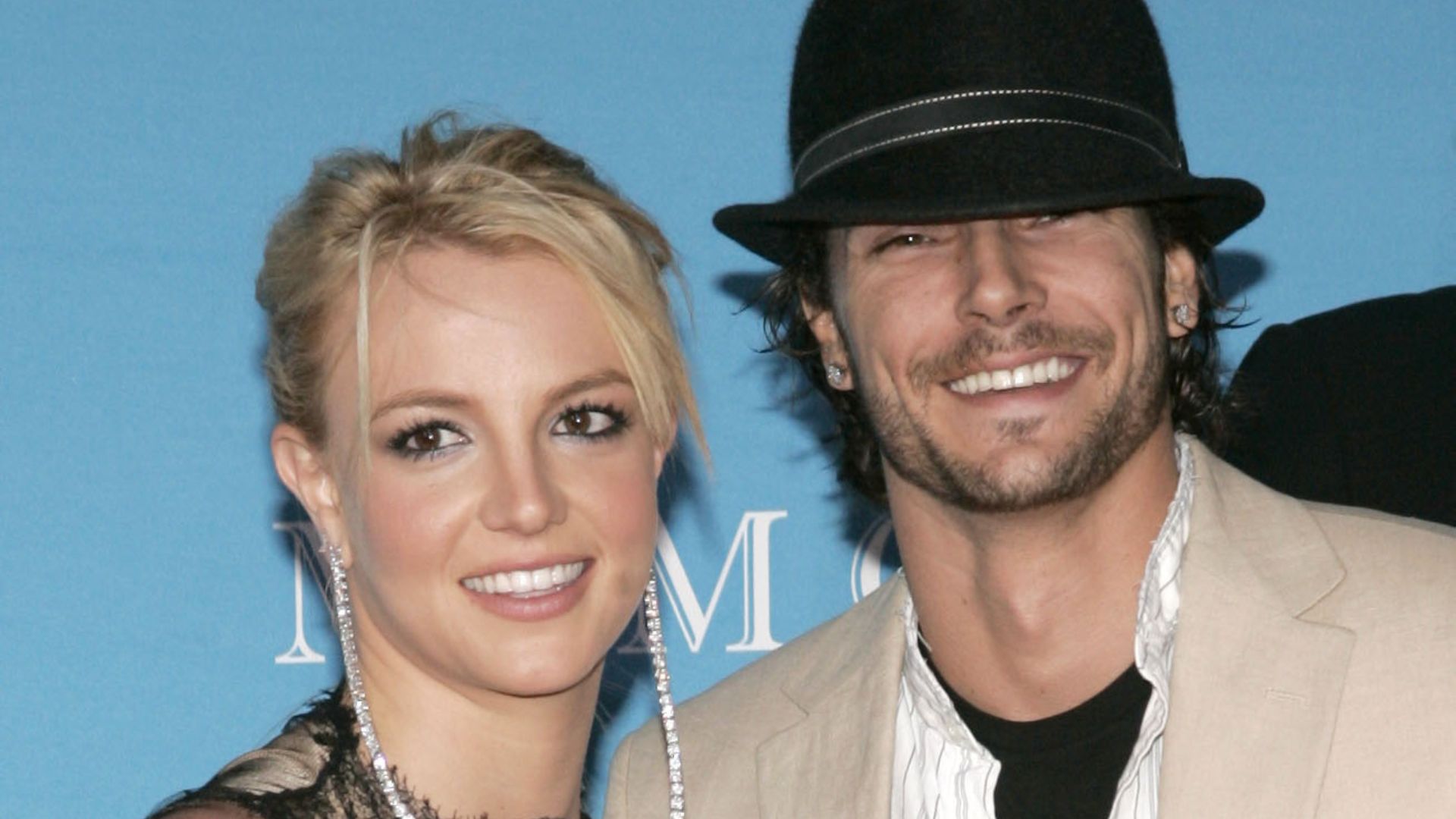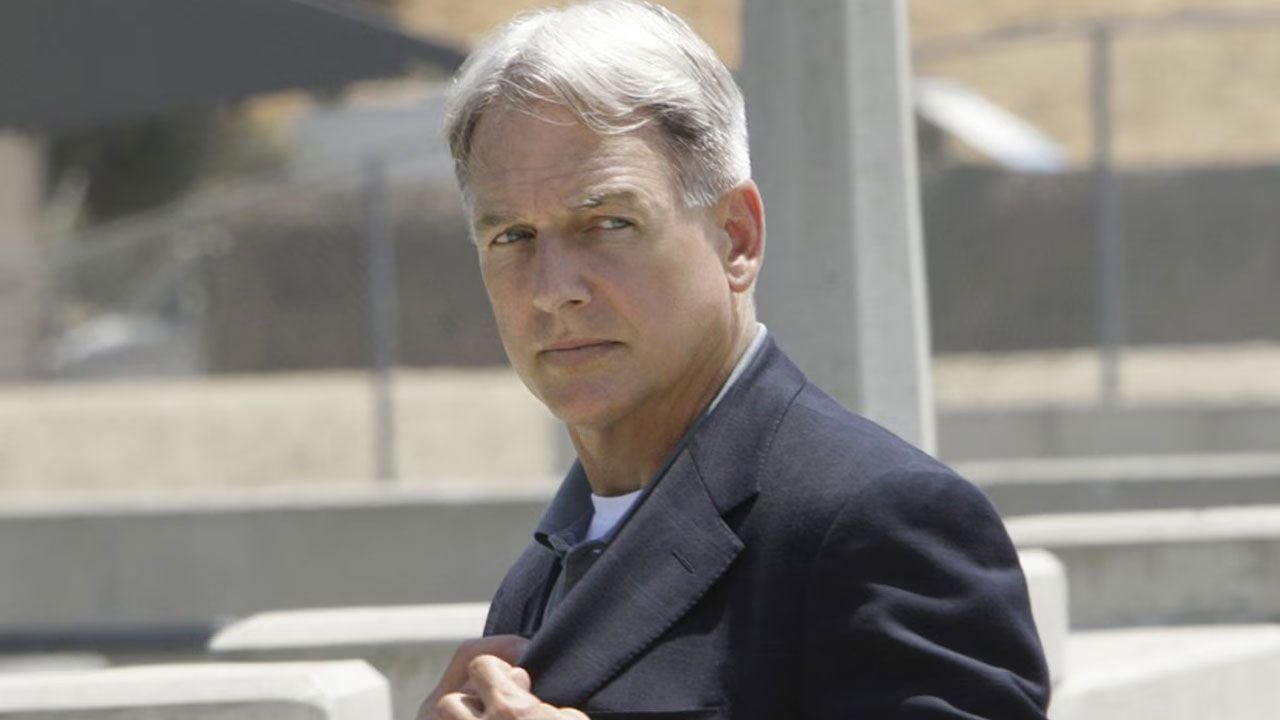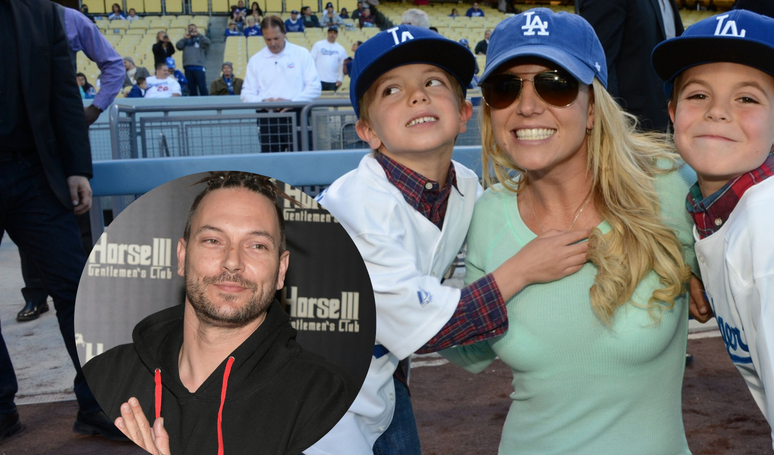American astronauts Butch Wilmore and Suni Williams, currently aboard the International Space Station (ISS), face uncertainty about their return to Earth due to problems with the thrusters of Boeing’s Starliner capsule.
This setback, which puts the safety of the crew at risk during the return, prevents the return flight. The mission is the first manned flight for Boeing, a company that seeks to be an alternative to SpaceX in transporting NASA teams.
Despite three landing dates already being canceled, Boeing maintains that the Starliner’s problems do not pose a critical risk and that the astronauts are not abandoned.Butch Wilmore and Suni Williams have extensive experience in space missions.
Together, they have accumulated 500 days in space – 178 days for Wilmore and 322 days for Suni, according to NASA data. Wilmore, who carried out expeditions in 2009 and 2014, commanded the ISS on her second mission. Suni Williams, 59, participated in missions in 2006 and 2012, during which she performed seven spacewalks, totaling 50 hours and 40 minutes, which makes her the second female astronaut in total spacewalk time. Suni was selected by NASA in 1998, while Wilmore was accepted in 2000, after three attempts. In an interview,
Wilmore recounted his persistence: “The third time I applied, they called me in for an interview. But they didn’t select me, and I thought, OK, I’ll try one more time. So I did, and here we are.” Butch Wilmore, a Tennessee native, holds a bachelor’s and master’s degree in electrical engineering from Tennessee Technological University, as well as a master’s degree in aviation systems from the University of Tennessee.
In addition to his role at NASA, Wilmore is a captain in the United States Navy, with 8,000 hours of flight time in tactical jet aircraft, four operational missions, and training at the U.S. Naval Test Pilot School. This situation highlights the challenges and risks inherent in space missions, and underscores the importance of safety and technological innovation to continued space exploration. Throughout NASA’s history, there have been several serious incidents involving astronauts. In 1967, the Apollo 1 tragedy deeply scarred the space agency.
During a ground test, a cabin fire resulted in the deaths of astronauts Gus Grissom, Ed White, and Roger B. Chaffee. This incident led to a complete review of NASA’s safety procedures.
Another critical moment occurred in 1986, with the Challenger disaster. Just 73 seconds after launch, the space shuttle exploded, killing all seven crew members on board. The investigation revealed failures in the rocket’s O-rings, which could not withstand the low temperatures of launch day.
In 2003, NASA faced another tragedy with the Columbia accident. Upon re-entering Earth’s atmosphere, the space shuttle disintegrated due to damage to its left wing caused by a piece of insulating foam that had come loose during launch.
All seven astronauts on board lost their lives.
These incidents underscore the dangers associated with space exploration and the continued need for rigorous safety protocols and technological advancements to protect the lives of astronauts.
Source: Atrevida
Earl Johnson is a music writer at Gossipify, known for his in-depth analysis and unique perspective on the industry. A graduate of USC with a degree in Music, he brings years of experience and passion to his writing. He covers the latest releases and trends, always on the lookout for the next big thing in music.









